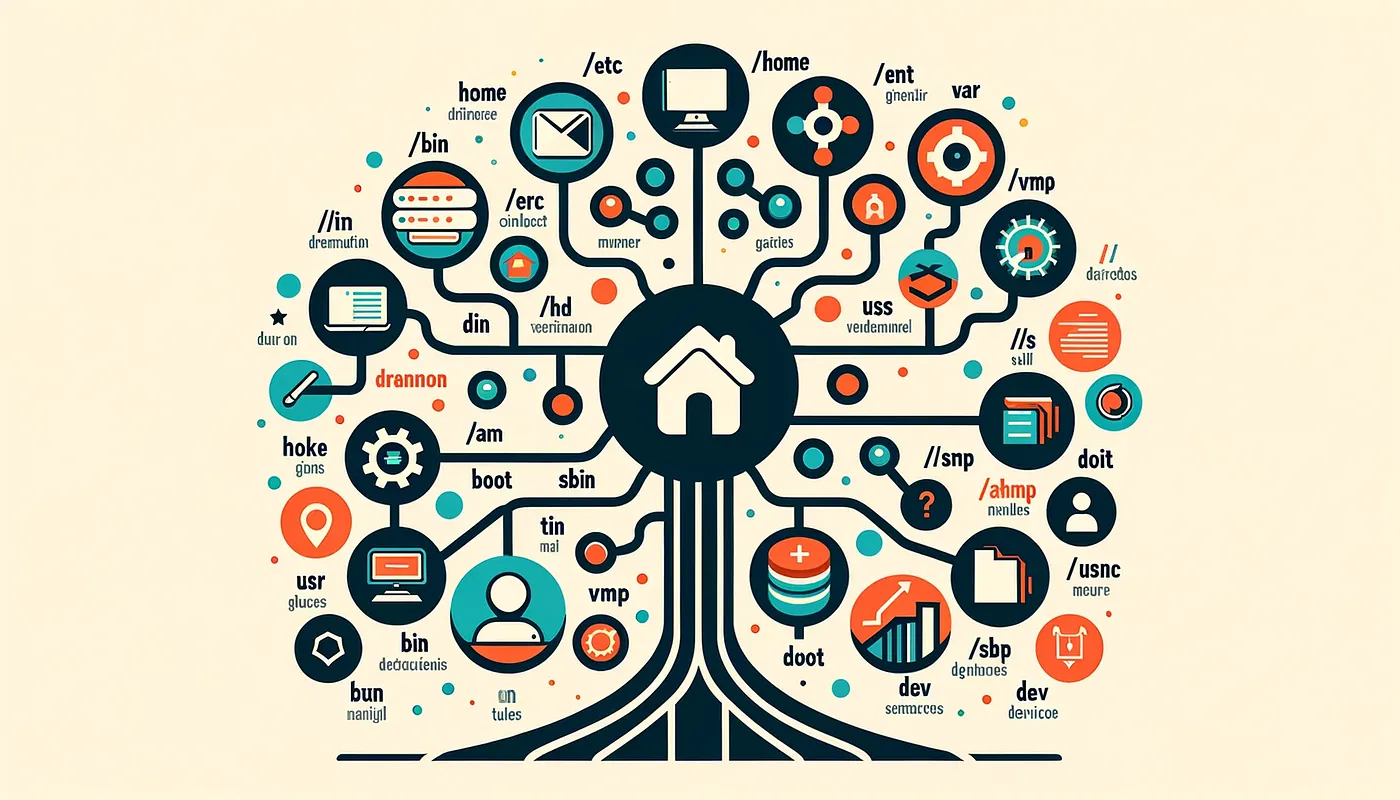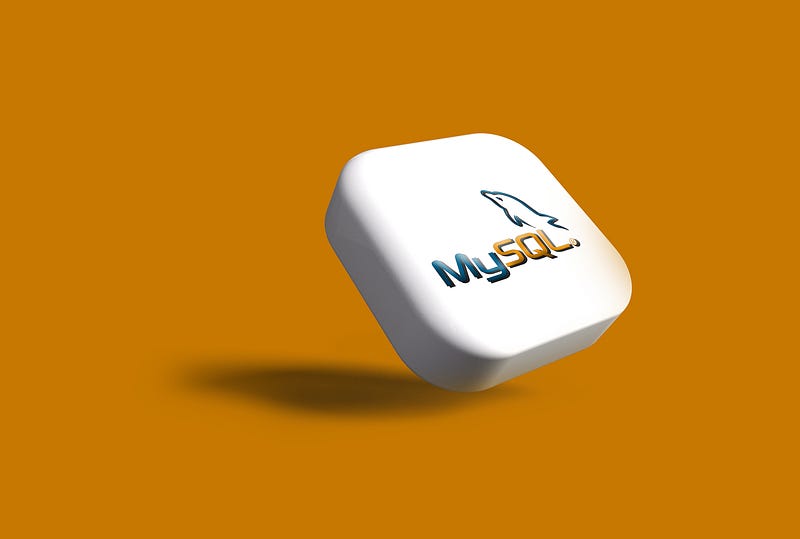Linux Directories Explained Simply
A Step-by-Step Guide to Understanding the Structure and Significance of Linux Directories

For newcomers, Linux might appear like a complex maze of directories and files. But for the seasoned adventurer, every path leads to a treasure trove of functionalities. Whether you’re a newbie or a pro, understanding Linux directories is the map that will help you navigate this powerful operating system with confidence. Let’s decode the labyrinth!
1. The Root of It All: ‘/’
At the top of the Linux filesystem hierarchy stands the root directory, aptly represented by a ‘/’. Every file and directory starts from the root. Think of it as the trunk of a tree, from which every branch (directory) and leaf (file) emerges.
2. /bin: Where the Binaries Live
This is where essential command binaries are stored. Commands like ‘ls’, ‘cp’, and ‘mv’ live here. For every task you initiate, chances are, the needed binaries are summoned from /bin.
3. /etc: System’s Configuration Files
The central hub for all system-related configurations. From user passwords in /etc/passwd to system-level settings, /etc is where Linux looks to know how you want things to run.
4. /home: User’s Personal Space
Each user gets a personal directory here. For example, a user named ‘Eve’ would have her directory as /home/eve. It’s the Linux version of 'My Documents' on Windows – personal, customizable, and safe.
5. /var: Variable Data Files
This directory houses files whose content is expected to grow. This includes — system log files, packages and database files, cache, etc. It ensures that variable data doesn’t run wild and remains organized.
6. /usr: User System Resources
No, it’s not about the ‘user’. It stands for UNIX System Resources. Here you’ll find libraries for installed programs, shared directories, and other vital software resources.
7. /boot: Booting the System
All the essential files required to boot the system reside here, including the Linux Kernel. If Linux were a car, think of /boot as the ignition system.
8. /tmp: Temporary Haven
Need a space to store files temporarily? /tmp is your directory. But remember, files here are often cleared upon reboot. It’s not a place to keep your treasures!
9. /sbin: Essential System Binaries
Similar to /bin, but specifically for essential system management binaries. If /bin is for everyone, /sbin is the exclusive club for system admins.
10. /dev: Special Device Files
All peripheral devices, like HDD, SSD, and USBs, are represented here. When you plug in a device, Linux sees it as a file and interacts with it from /dev.
Conclusion
Linux’s directory structure might seem daunting at first, but once you understand the function and logic behind each directory, it’s like having a GPS for this powerful operating system. Mastering these directories not only helps you navigate Linux with ease but also unlocks its immense potential.
Whether you’re diving into Linux for the first time or just brushing up on the basics, remember that every directory has a purpose, every file a function. Navigate, explore, and make the most of the Linux landscape!
Bonus Tip: Always keep exploring! Commands like man hier provide an on-the-go manual for the filesystem hierarchy. So the next time you're lost in the Linux labyrinth, you know where to find the map!
Happy Navigating! 🐧🔍
Need Help With Your Laravel Project?
I specialize in building custom Laravel applications, process automation, and SaaS development. Whether you need to eliminate repetitive tasks or build something from scratch, let's discuss your project.
⚡ Currently available for 2-3 new projects

About Hafiz Riaz
Full Stack Developer from Turin, Italy. I build web applications with Laravel and Vue.js, and automate business processes. Creator of ReplyGenius, StudyLab, and other SaaS products.
View Portfolio →Get web development tips via email
Join 50+ developers • No spam • Unsubscribe anytime
Related Articles

A Beginner’s Guide to MySQL: Setting Up Your First Database and User
Navigate the essentials of MySQL with ease, and kickstart your journey in databa...

10 Free AI Tools Every Developer Should Harness in 2023
Elevate Your Coding Game Without Breaking The Bank

Why Coding is Not Enough Anymore in the Tech Landscape
Evolving from a coder to a holistic software developer in a multifaceted tech ec...